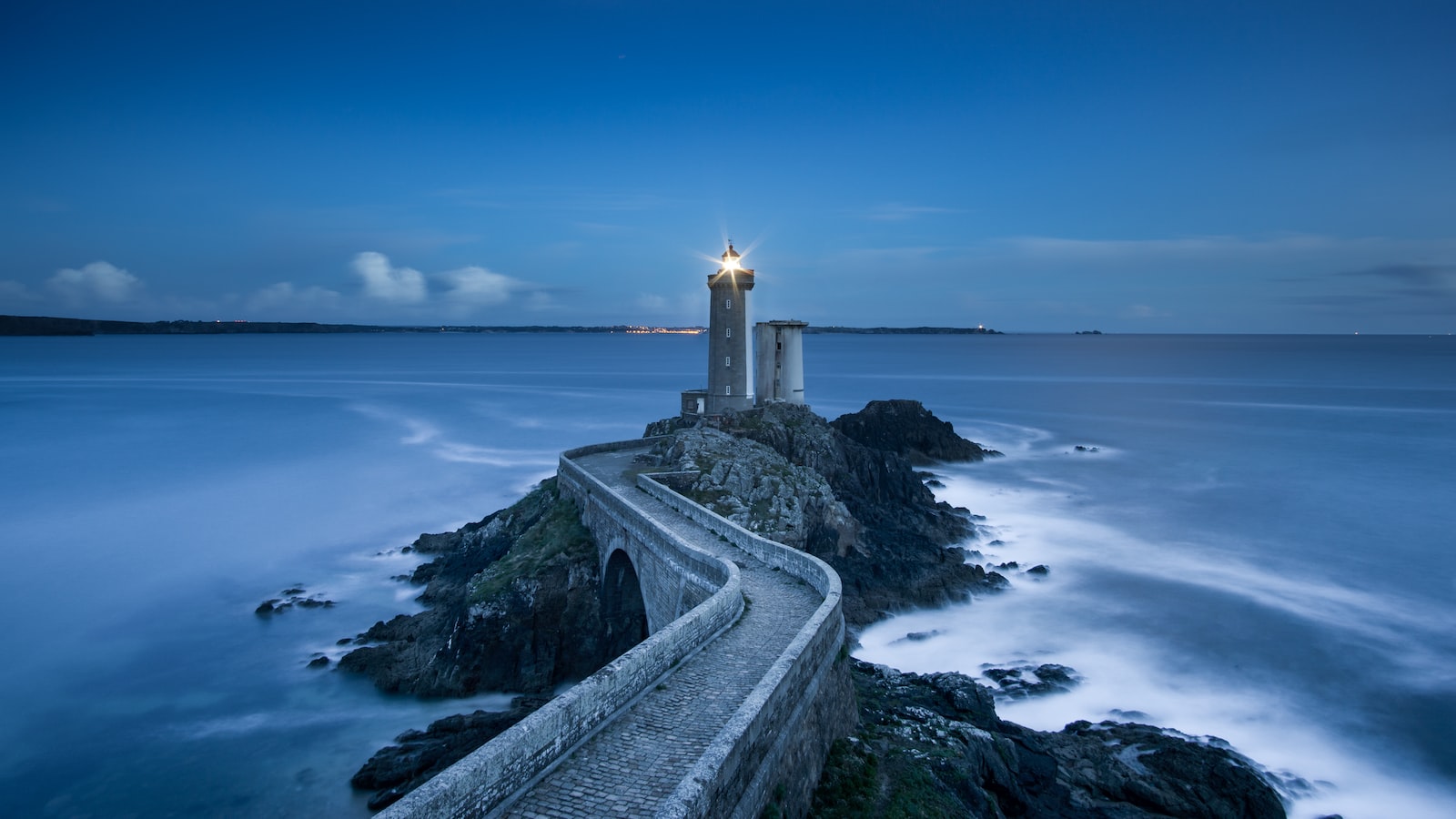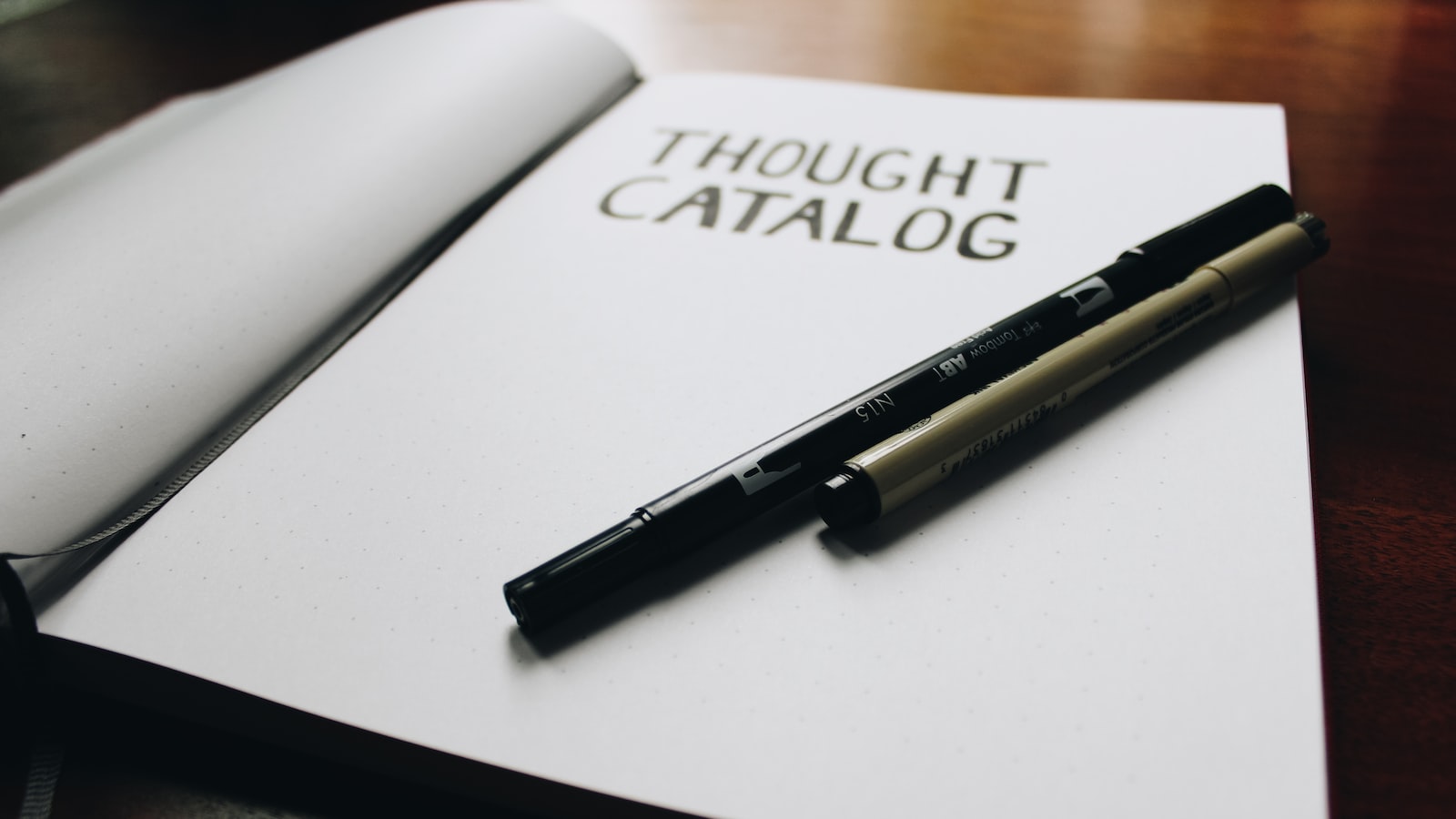In a world filled with vibrant hues, colors hold an unparalleled power to evoke emotions and capture our attention. From the soft blues that induce feelings of calmness to the fiery reds that ignite passion, the nuances of color have the ability to transform our moods and shape our perceptions. But, have you ever wondered how the strategic use of hues can speak volumes about both mood and style? In this article, we delve into the fascinating realm of color psychology and its profound impact on our emotional experiences and visual aesthetics. Brace yourself for a captivating journey as we uncover the hidden power of color, delving into how different hues can convey mood and style in ways you never imagined.
Choosing the Right Colors: Exploring the Emotional Impact of Different Hues
Color has a remarkable ability to influence our emotions and set the tone for any given space. By carefully selecting the right hues, you can effortlessly convey a specific mood or style. Whether you’re decorating a cozy living room or designing a logo for your brand, understanding the emotional impact of different colors is crucial in creating the desired atmosphere.
When it comes to choosing the right colors, red is often associated with passion, energy, and intensity, making it perfect for creating a sense of excitement. Complement it with a cool undertone like blue or gray to balance out the intensity. On the other hand, green is known for its refreshing and calming qualities, making it an ideal choice for spaces where relaxation and tranquility are key. Pair it with natural textures and materials to enhance the organic feel. Blue, with its calming and serene nature, promotes feelings of peace and tranquility, making it an excellent choice for bedrooms or spa-like settings. It can be combined with lighter shades to create a soft and soothing ambiance. Play around with different colors and see how they evoke emotions and enhance the overall mood of your space – the possibilities are endless!
Creating an Atmosphere: How Colors Influence the Mood of a Space
One cannot underestimate the power of color when it comes to creating a specific atmosphere within a space. The careful selection of hues can evoke various emotions and set the overall mood and style of a room, making it a crucial aspect of interior design. Colors have the ability to influence our perception, behavior, and even physiological responses, making it essential to consider their impact when designing a space.
Bold and vibrant colors like reds and oranges can inject energy and excitement into a room, making them ideal for spaces where socialization and activity are encouraged, such as a living room or a game room. On the other hand, softer and cooler colors like blues and greens tend to have a calming effect, creating a more serene and tranquil environment. These hues work exceptionally well in spaces intended for relaxation, such as bedrooms or spa-like bathrooms. The use of neutral colors, like whites and grays, can create a sense of balance and timelessness, providing a versatile backdrop for other design elements. Whether aiming to create a cozy nook or a lively gathering space, the strategic use of colors can transform a room and affect the overall mood and ambiance.
Playing with Palettes: Combining Colors to Reflect Personal Style
Why Color Matters:
Colors have an incredible ability to evoke emotions and communicate messages without the need for words. By understanding the psychology behind colors, we can harness their power to create a visual representation of our personal style. Whether you prefer bold and vibrant hues or a more calming and muted palette, the colors you choose can have a profound impact on how others perceive and connect with your unique identity.
When it comes to combining colors, it’s essential to consider the mood and style you want to convey. Think about the atmosphere you want to create and the emotions you want to evoke. Are you going for a modern and sleek look, or do you lean towards a bohemian and eclectic vibe? By experimenting with different color combinations, you can discover a palette that truly reflects your personality, making your style stand out from the crowd.
Exploring Color Combinations:
One way to start playing with palettes is by exploring complementary colors. These are colors located opposite each other on the color wheel, creating a high contrast and eye-catching effect. For example, pairing warm oranges with cool blues can create a vibrant and energetic look. If you prefer a more harmonious blend, consider analogous colors. These are colors that sit beside each other on the color wheel, creating a visually pleasing and cohesive combination. Think of combining shades of purple and blue for a soothing and serene vibe.
Don’t be afraid to mix and match different shades and tones within your chosen color scheme. By adding variations, you can add depth and dimension to your personal style. Experiment with lighter and darker hues, as well as using different intensities of saturation. Remember, the key is to create a visual feast for the eyes while staying true to your individual taste and preferences.

Tips for Using Color: Recommendations for Effective Design and Decoration
When it comes to design and decoration, color can truly be a powerful tool. The right hues have the ability to convey mood and style in a way that words cannot. Whether you are revamping your living room or working on a graphic design project, here are some recommendations to help you effectively use color and create a visually stunning result.
1. Consider the psychology of color: Different colors have the power to evoke unique emotions and set the tone for a space or design. For example, warm colors like red and orange can bring energy and excitement, while cooler tones like blue and green create a sense of calm and tranquility. Take into account the purpose of your design or the desired ambience to guide your color choices and create an atmosphere that aligns with your goals.
2. Create balance with complementary colors: Complementary colors are those that are opposite each other on the color wheel, such as blue and orange or purple and yellow. Using these colors together can create a vibrant and harmonious effect. Incorporating complementary colors into your design can add visual interest and balance. However, be sure to use them in moderation to avoid overwhelming the space or design with too much contrast.
To Wrap It Up
As we bid adieu to this captivating journey through the world of colors, we are left in awe of their extraordinary power. The artful interplay of hues immerses us in an enchanting realm where emotions and style intertwine, creating stunning landscapes of visual expression.
We have discovered that color is not merely a whimsical brushstroke on a canvas, but a dynamic force that influences our perceptions and evokes deep-seated emotions. From the vibrant reds that ignite our passions, to the serene blues that lull us into a state of tranquility, each shade carries its own captivating aura.
As we delve further into this realm, we realize that colors are not simply arbitrary choices, but strategic tools that can be harnessed to convey mood and style. The juxtaposition of warm and cool tones can instantly transform a space, whilst the clever use of complementary colors can elevate a design from ordinary to extraordinary.
Through this exploration, we have come to understand that color is no longer restricted to the confines of what can be seen. It resonates within our souls, capturing the essence of who we are and what we wish to convey to the outside world. Its influence stretches far beyond aesthetics, intertwining itself with our very being.
So, as we bid farewell to this enlightening sojourn, let us not forget the profound impact that color holds in our lives. Let us embrace the boundless possibilities it offers, as we curate our own visual symphony of mood and style. May we dare to be bold, explore the unfamiliar, and unleash the true power of color. For in this vivid tapestry of existence, the hues that surround us have the potential to shape our world in ways we could have never imagined.

